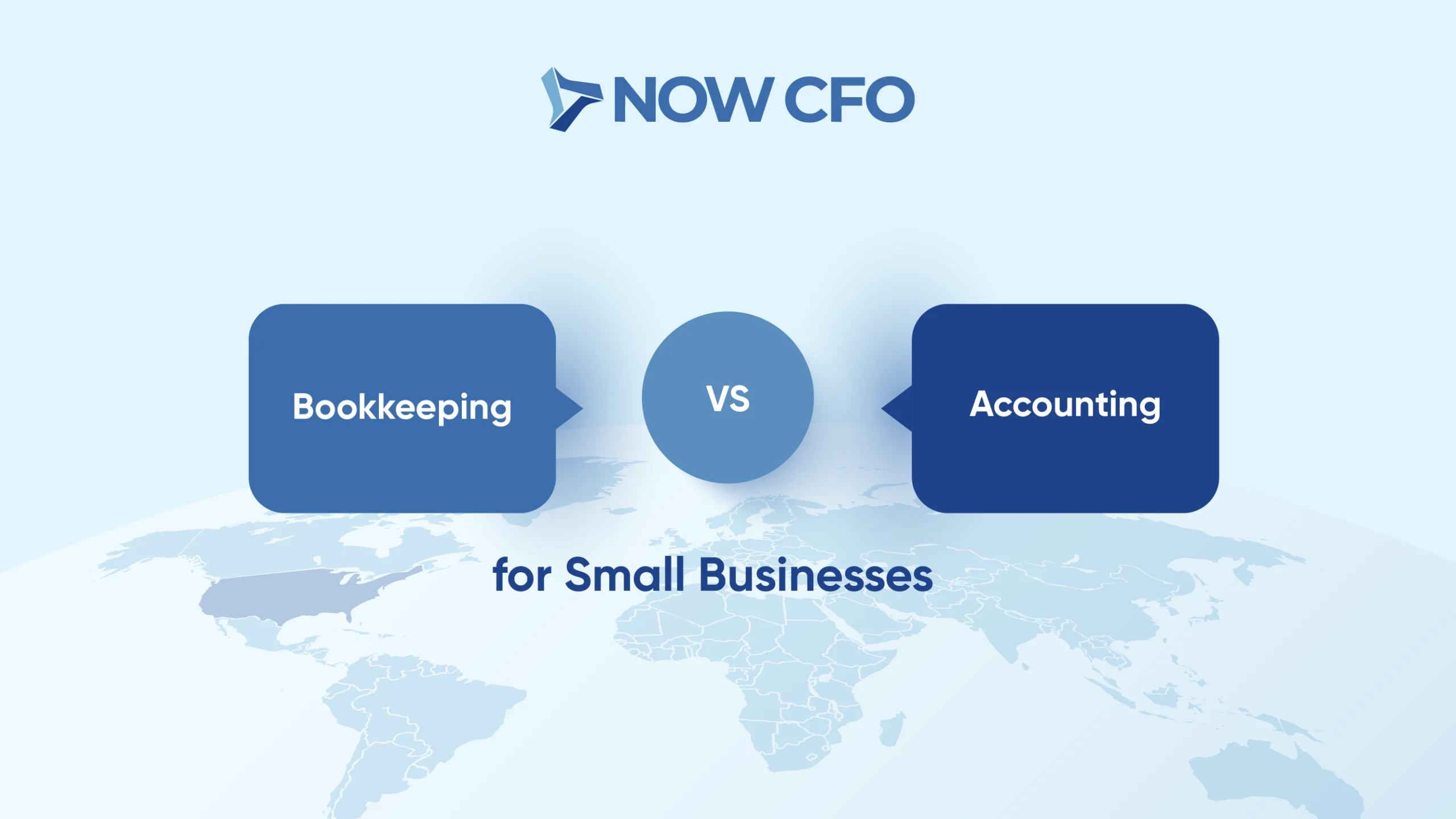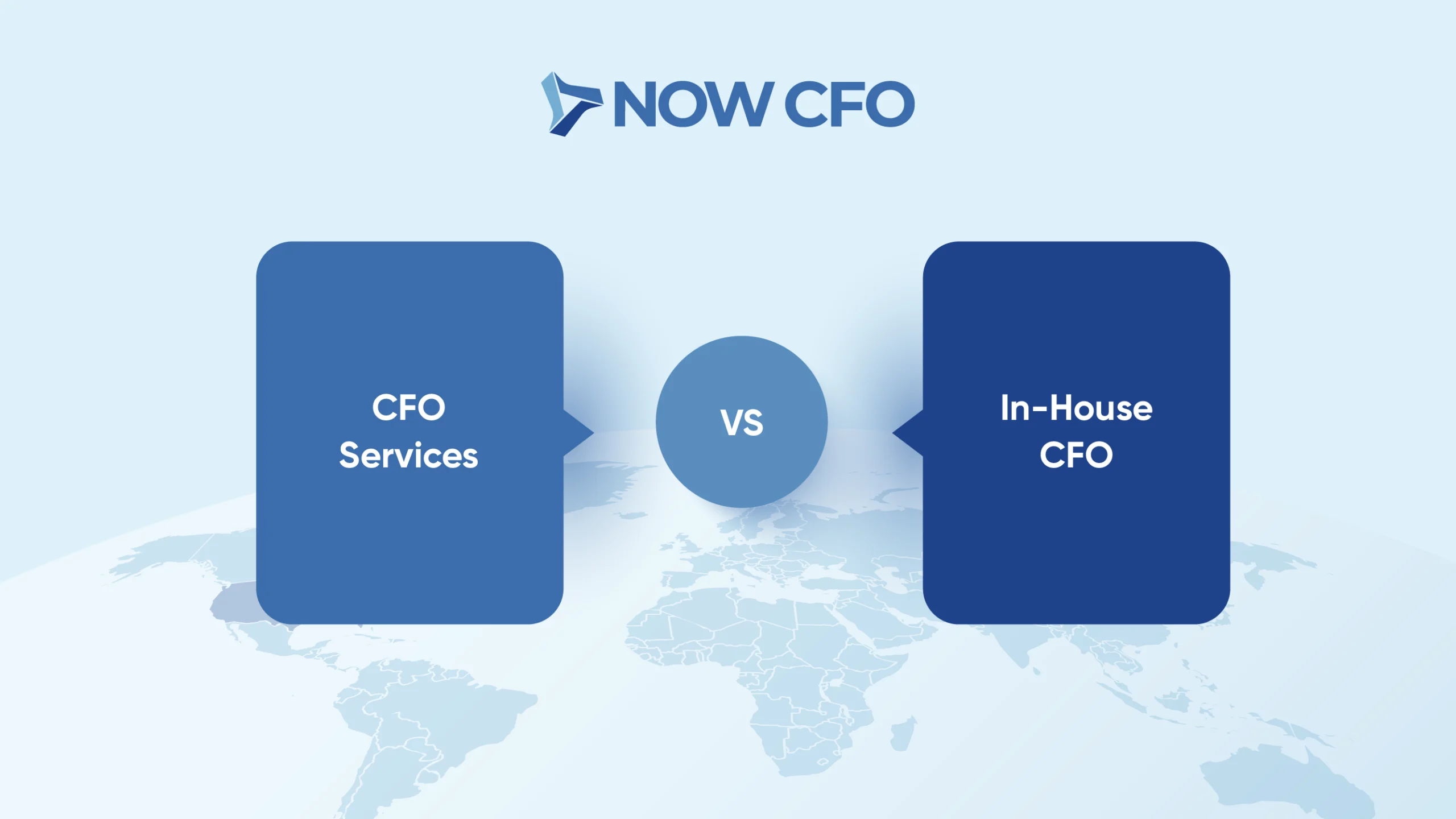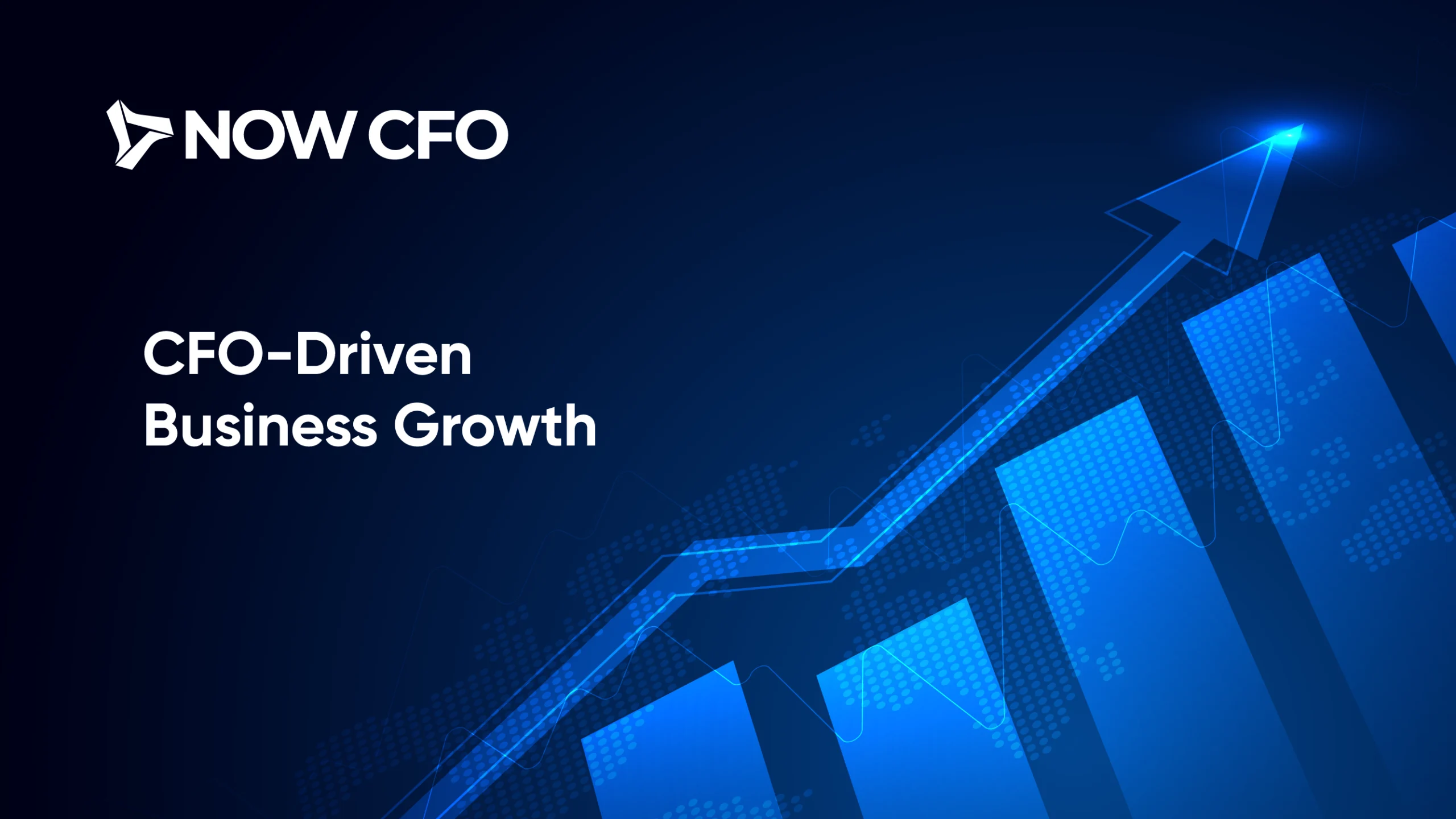
Effective debt oversight forms the backbone of a financially healthy enterprise. Proactively managing business debt bolsters liquidity and reduces financing costs, critical in an era when the small business loan default rate climbed to 3.0 percent in December 2023, up from 2.0 percent the previous year.
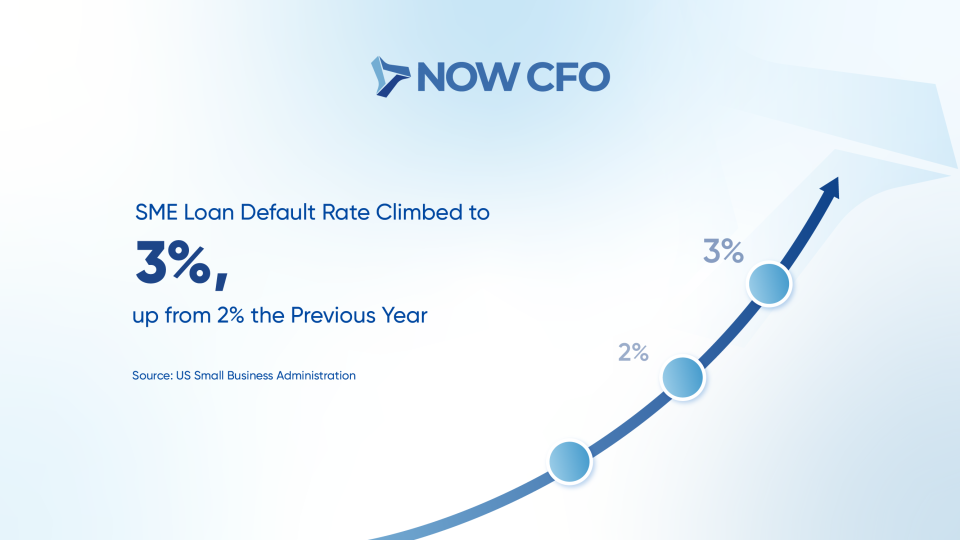
The Importance of Effective Debt Management for Businesses
It’s clear why effective debt oversight is vital for long-term resilience and growth. Let’s explore the impact of poor debt management on business growth, then examine how debt affects cash flow and financial stability.
Impact of Poor Debt Management on Business Growth
Growth stalls when business debt management strategies are weak because resources get diverted to service high-interest balances. Companies become risk-averse, missing opportunities to invest in expansion, personnel, or innovation.
Poor debt consolidation practices amplify repayment burdens. Debt spirals, and executives lack the bandwidth to manage business debt, pivot strategies, or negotiate terms.
How Debt Affects Cash Flow and Financial Stability
Weak debt management strategies directly hurt cash flow management and financial stability. High monthly debt service reduces available cash, limiting flexibility. Funding essential operations becomes unpredictable.
- Reduced Liquidity: Debt obligations eat into operating cash, making it challenging to cover payroll or supplies.
- Volatile Cash Flow Projections: When interest rates shift, variable-rate debt can suddenly spike payments, disrupting budgets. Businesses that fail to adjust projections risk missing obligations.
- Higher Financing Costs: Companies struggling with cash flow often resort to refinancing at higher rates. Borrowing becomes more expensive, compounding debt burdens and financial health improvement efforts.
- Credit Risk and Stability: Missed payments or covenant breaches damage credit scores, limit access to credit, and increase lender scrutiny. Firms may face sudden calls for full repayment or tighter terms.
The Role of an Outsourced CFO in Debt Management
Because every dollar locked into interest payments is a dollar that cannot fuel growth, an outsourced CFO becomes the strategic partner who converts balance-sheet complexity into actionable insights.
Evaluating Existing Debt Structures and Interest Rates
An outsourced CFO begins by mapping every loan, credit line, and lease. They catalogue principal balances, amortization schedules, covenants, and collateral, and then benchmark each instrument against market alternatives.
This audit exposes embedded costs, especially variable-rate facilities that quietly drift upward after drawing down. The CFO also tags loans by purpose (working capital, equipment, real estate) to clarify which debts create value and which merely plug liquidity gaps.
Developing a Debt Restructuring Plan
With the audit complete, the CFO crafts a tailored blueprint that transforms data into action. They model multiple scenarios, extending amortization, swapping fixed for floating, or consolidating high-cost tranches into a single facility backed by more substantial collateral.
Each scenario runs through cash-flow waterfalls and stress tests, so leadership can see the effect on covenant headroom and capital expenditure plans.
Negotiating With Creditors for Better Terms
Once the roadmap is validated, negotiation becomes the execution engine. The CFO leverages analytical evidence and market comps to prove that new terms align lender risk with borrower capacity.
- Interest-rate Reductions: Presenting cost-of-capital tables often secures margin cuts of 50–150 bps.
- Maturity Extensions: Aligning tenor with asset life lowers annual service and frees cash for reinvestment; extensions are paired with principal sweeps to reassure lenders and accelerate business debt restructuring goals.
- Covenant Redesign: Replacing quarterly EBITDA triggers with rolling-twelve-month metrics smooths seasonality, reduces default risk.
Managing Cash Flow to Meet Debt Obligations
After terms are settled, execution lives or dies on liquidity discipline. The outsourced CFO builds rolling thirteen-week forecasts that anchor spending to revenue reality. T
- Dynamic Inflow Management: The CFO accelerates receivables with early-payment discounts and automated invoice reminders in the ERP. Credit-card batch deposits are timed to land before peak disbursement days, pushing an extra week of breathing into the schedule without compromising client relationships or brand goodwill.
- Precise Outflow Sequencing: High-priority items; payroll, insurance, taxes are locked first. Vendor payments are staggered by tolerance: critical suppliers at net-30, non-critical at net-45 or net-60.
Creating a Debt Reduction and Payment Strategy
Finally, the CFO codifies a structured payoff path that aligns service with strategic priorities. Obligations are segmented into three tiers: high-interest, strategic, and tax-advantaged. The most expensive notes receive accelerated payments, while strategic debt that fuels growth amortizes on schedule.
To lock up accountability, each tier carries a target payoff date documented in the treasury calendar, and owners sign off on deviations at weekly finance huddles.
Key Strategies for Managing Business Debt with an Outsourced CFO
After identifying gaps, an outsourced CFO shifts from audit to action. The tactics below weave together debt management strategies and disciplined cash flow management, giving leaders the leverage.
Debt Consolidation for Simplified Repayment
Consolidation rolls multiple notes into a single, lower-cost facility, making repayment predictable and freeing executive bandwidth.
- Interest-rate Arbitrage: Bundling short-term credit-card balances into an SBA-backed term loan can cut annualized cost by several points.
- Administrative Lift: One payment date reduces late-fee risk and improves covenants, which lenders reward with softer collateral requirements.
- Strategic Clarity: With fewer statements to track, leadership can re-forecast working capital, sharpening visibility for the next push.
Refinancing Options to Lower Interest Rates
Once debts are consolidated, the CFO targets cheaper capital. They compare current coupons against benchmarks and pursue fixed-to-floating or floating-to-fixed swaps when spreads widen.
Evidence matters: 80% of SBA 7(a) loans carry variable rates, exposing roughly 200,000 firms to payment shifts. By refinancing at the trough of a rate cycle, companies lock savings for the loan’s life, reduce leverage ratios, and open room for growth investments.
Improving Cash Flow to Pay Down Debt Faster
Lower interest alone is insufficient; freed-up cash must move quickly to principal. The CFO accelerates inflows by tightening invoice terms, deploying early-pay discounts, and layering subscription models to stabilize revenue.
Outflows are staggered so tax deposits and supplier run never collide with repayment dates. Every surplus dollar above the operating buffer funnels into a “debt-snowball” sweep, compounding early wins.
Implementing Cost-Cutting Measures to Free Up Capital
Expense discipline multiplies cash-flow gains. Efficiency audits often start with facilities: ENERGY STAR reports that average commercial buildings can trim energy bills by up to 30 percent through no-cost and low-cost actions.

The CFO layers these savings with vendor renegotiations, bulk-buy discounts, and tech automation that eliminates duplicate software licenses. Each dollar rescued feeds the principal-sweep fund, reinforcing momentum behind debt consolidation and broader steps to reduce business debt.
Setting Debt Reduction Targets and Milestones
Finally, the CFO codifies time-boxed goals: trim interest expense, keep leverage within a prudent ceiling, and retire subordinated notes within the strategic horizon. Milestones populate a KPI dashboard reviewed in recurring finance huddles, creating transparency and early-warning triggers.
Celebrating interim wins sustains morale, while missing prompt recalibration of tactics rather than vision. This structured cadence keeps every department accountable and anchors long-term plans to measurable progress, ensuring the organization manages business debt confidently.
Learn More: Outsourced CFO For Your Business
How Outsourced CFOs Help Improve Cash Flow While Managing Debt
An outsourced CFO turns liquidity from a moving target into a predictable engine for growth. Pairing rolling forecasts with targeted operational tweaks shows leaders exactly how to manage business debt without starving expansion.
Monitoring and Adjusting Cash Flow Projections
The first lever is precision forecasting. The CFO builds a 13-week model that tracks every inflow and outflow and updates it weekly, so assumptions never lag reality. When the forecast flags a shortfall, the CFO can defer discretionary spending or shift a line-of-credit draw before cash touches zero.
51 % of employer firms cited uneven cash flows as a top financial challenge in 2024. Continuous recalibration embeds cash flow management.
Optimizing Revenue Streams to Support Debt Payments
With projections in hand, the CFO moves from measurement to monetization.
- Focus marketing spend on SKUs with the highest contribution margin, so every incremental sale funds principal sweeps.
- Convert one-off customers to recurring contracts; predictable receipts lower working-capital swings and strengthen lender confidence.
- Use demand triggers (inventory, seasonality) to adjust prices in real time, capturing upside that would otherwise erode in discounting cycles.
Creating a Financial Plan Aligned With Debt Obligations
A robust plan links every dollar of expected cash to a specific liability or growth initiative.
- Calendarized debt ladder pairs repayment dates with forecast surpluses, preventing accidental covenant breaches.
- Scenario matrices stress-test interest-rate shocks and sales dips, flagging buffer levels before they break.
Streamlining Expenses to Maximize Available Cash
Expense audits unlock hidden funding for accelerated pay-downs. The CFO benchmarks utility spend, insurance premiums, and SaaS licenses against peer medians, then renegotiates or eliminates anything above the 75th percentile.
Ensuring Liquidity to Avoid Missed Payments
Finally, the CFO builds redundancy. They set a minimum cash threshold with an operating-line trigger that auto-advances if the balance falls below a threshold. Weekly variance reviews catch slips early; if collections lag, the CFO accelerates receivables factoring or draws on a standby facility.
Learn More: Cash Flow Management with an Outsourced CFO
Benefits of Using an Outsourced CFO for Debt Management
When owners need to manage business debt yet lack bandwidth or in-house expertise, partnering with an outsourced CFO unlocks capacity, credibility, and cost savings.
Access to Expertise in Debt Restructuring and Negotiation
Unlike generalist controllers, outsourced CFOs live inside capital markets, so they speak the lender’s language fluently.
- Deal-table Credibility: Years spent closing term sheets let them benchmark covenants in minutes and spot hidden fees before signatures trap cash.
- Structured Workouts: They design evidence-backed proposals that win margin cuts or maturity extensions, vital when managing business debt under rising rates.
Cost-Effective Alternative to Hiring a Full-Time CFO
Because a C-suite hire’s salary, bonuses, and benefits stack quickly, outsourcing delivers the same brainpower at a fraction of the payroll.
- BLS reports the median chief executive’s wage hit $206,420 in May 2024.
- Layer stock options, taxes, overhead, and total cost often exceed $300K.
- Outsourced engagement fees scale with need; 10 hours one month, 30 the next, so cash consumption mirrors project intensity, preserving liquidity for debt reduction strategies instead of fixed salaries.
Objective Analysis and Unbiased Financial Advice
An external CFO arrives free from internal politics, so recommendations pivot solely on numbers. They audit reporting processes, recalibrate KPIs, and surface tough truths senior staff may avoid, like underperforming SKUs or divesting non-core assets.
Tailored Strategies for Long-Term Financial Stability
Building on that objectivity, outsourced CFOs craft playbooks fitted to each balance sheet rather than importing generic templates.
- Scenario Engineering: They model best-, base-, and worst-case cash flows, aligning repayment schedules with revenue seasonality.
- Capital Stack Optimization: Short-term revolvers fund inventory; longer-tenor loans back equipment, preventing duration mismatch.
- Growth-friendly Governance: Covenants reset once leverage dips below targets, freeing capital for expansion without derailing ongoing initiatives.
Improved Cash Flow and Reduced Financial Stress
Finally, outsourced CFOs hard-wire liquidity safeguards; rolling forecasts, vendor-term ladders, and trigger-based credit draws. This discipline slashes late fees, boosts credit scores, and lowers borrowing spreads, compounding gains from earlier restructurings.
Owners shift mental energy from firefighting to strategy, employees see payroll secured, and creditors extend more favorable terms while calming every stakeholder’s nerves.
Learn More: Benefits of hiring of outsourced cfo
Steps to Improve Business Debt Management with an Outsourced CFO
Moving from strategy to action, an outsourced CFO creates a disciplined roadmap that helps leaders in daily operations.
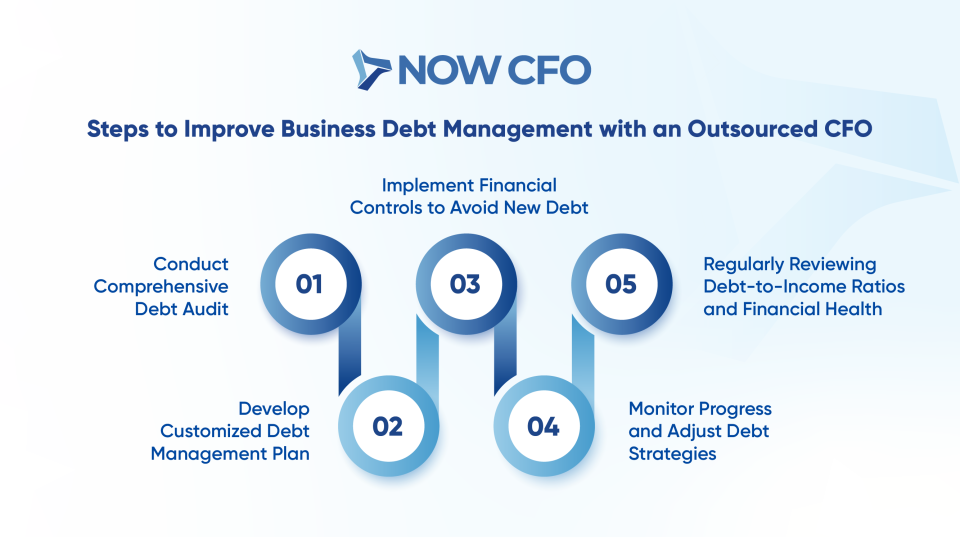
Conducting a Comprehensive Debt Audit
A debt audit captures every obligation: principal, rate, maturity, covenants, and collateral, to reveal hidden costs and quick-win savings. First, the CFO pulls loan documents and reconciles balances to the general ledger, flagging discrepancies and contingent liabilities.
Next, debts are ranked by effective interest rate and strategic importance, highlighting toxic instruments that drain liquidity. 47.1 % of employer firms carried less than $5,000 in debt, while 8.7 % owed $1 million or more, underscoring the wide variance an audit must capture.
Developing a Customized Debt Management Plan
Armed with audit data, the CFO drafts a plan that aligns repayment with cash-generation capacity and business debt restructuring goals.
- Prioritize by Cost: Funnel surplus cash toward debts priced above the weighted-average cost of capital.
- Match Tenor to Asset Life: Refinance short-term working-capital loans into longer facilities tied to receivable cycles.
- Integrate Covenants: Ensure projected ratios stay inside lender thresholds.
- Stress Test Scenarios: Model interest-rate spikes and revenue dips to protect solvency windows.
- Phase Execution: Sequence renegotiations when seasonal cash peaks boost bargaining power.
Implementing Financial Controls to Avoid New Debt
To keep fresh liabilities from eroding progress, the CFO locks in governance guardrails:
- Spend Caps: Department budgets freeze discretionary spend once actual-to-plan variance hits 5 %.
- Approval Tiers: Any purchase creating obligations over $10,000 routes through finance for ROI vetting.
- Real-time Dashboards: Automated bank-feed integrations alert teams when cash falls within 110 % of debt-service needs.
- Policy Training: Managers learn to distinguish productive leverage from balance-sheet bloat.
Monitoring Progress and Adjusting Debt Strategies as Needed
Once controls are given, the CFO tracks weekly KPIs against the plan. Variances trigger immediate probes: a 2-point drop in gross margin might require revising principal-sweep timing, while unexpected receivable slippage could prompt a temporary line-of-credit draw.
Continuous monitoring matters because credit conditions change quickly. By recalibrating tactics in real time, the CFO keeps leverage ratios trending downward and preserves headroom to manage business debt.
Regularly Reviewing Debt-to-Income Ratios and Financial Health
A standing agenda item in finance huddles is the firm’s leverage health.
- Ratio Benchmarking: The CFO compares current debt-to-income against industry medians and the company’s risk appetite. .
- Holistic Diagnostics: Beyond ratios, the CFO evaluates liquidity coverage, interest coverage, and asset-turnover metrics to anticipate stress months ahead.
How to Choose the Right Outsourced CFO for Debt Management
Selecting an outsourced CFO who can help you manage business debt requires a methodical approach. Begin by aligning your debt profile with the CFO’s track record, ensuring they’ve navigated similar liabilities successfully.
Look For Experience in Debt Management and Restructuring
Seek a CFO with a proven record of handling large-scale liabilities. Ideally, they’ve overseen Commercial & Industrial (C&I) and CRE facilities; C&I loans alone totaled $368 billion in 2019, up 9.2 percent from 2017.
This breadth of experience ensures they understand the nuances of amortization schedules, covenant triggers, and refinancing windows. Ask for case studies demonstrating how they reduced average interest rates or negotiated maturity extensions.
Assess Their Ability to Negotiate with Creditors
An effective outsourced CFO leverages strong lender relationships to secure advantageous terms. In evaluating candidates, review documented outcomes, such as lowered coupon rates or waived covenants, and quantify savings.
Verify Their Track Record In Improving Cash Flow
Improving liquidity is central to debt management strategies. Verify that candidates have boosted operating cash flow through AR acceleration, AP optimization, or working-capital improvements.
In 2019, small business loans under $1 million amounted to $895 billion, reflecting the scale of funds requiring disciplined cash monitoring. Request specific metrics: for example, did they shorten DSO by 10 days or increase free cash flow by 15 percent?
Ensure Strong Analytical and Problem-Solving Skills
Your outsourced CFO must dissect complex financial data and craft solutions under pressure. They should employ rolling forecasts and sensitivity analyses to test debt-service resilience.
Look for certifications (e.g., CMA, CFA) or advanced training in financial modeling. Confirm they have experience diagnosing hidden cost drivers.
Confirm Their Understanding Of Your Business’s Debt Challenges
Finally, ensure candidates grasp your industry’s unique debt dynamic seasonal sales cycles, collateral requirements, and regulatory constraints. Ask them to review your current liabilities and propose preliminary ideas for improvement.
A tailored CFO will reference your market pressures and revenue drivers, demonstrating genuine comprehension and positioning your company for sustainable debt management.
Learn More: Outsourced CFO vs Full-Time CFO
Conclusion: Achieving Financial Stability with Effective Debt Management
Partnering with an outsourced CFO empowers your organization with precision. They leverage expert negotiation, tailored restructuring plans, and proactive cash-flow oversight, driving measurable improvements in liquidity and profitability.
Ready to act? Schedule a complimentary consultation with NOW CFO experts. We’ll review your debt profile, surface quick-win savings, and present a customized roadmap that shows how expert oversight will help you continue to Manage Business Debt with confidence.




